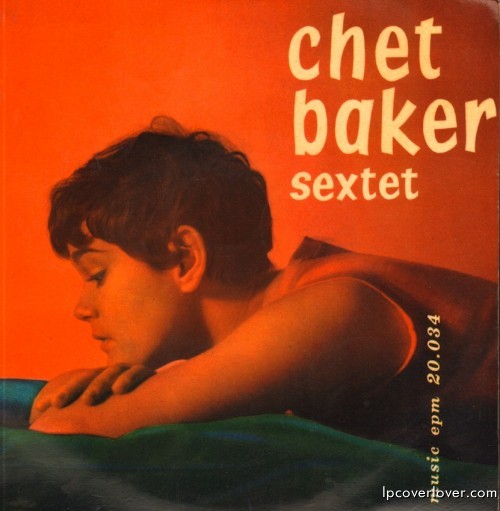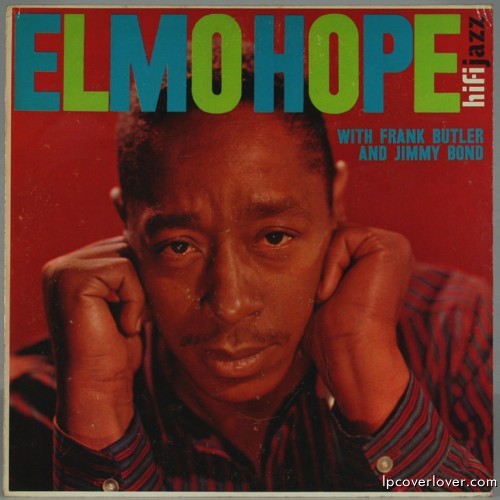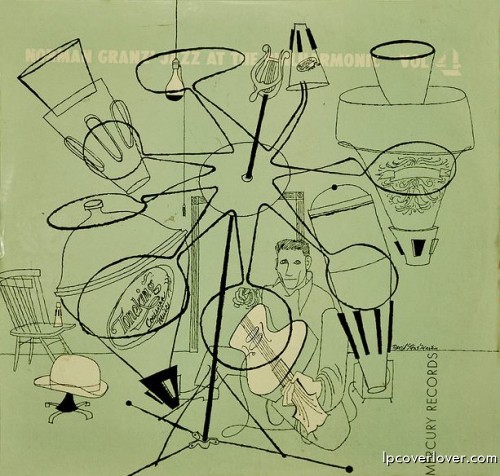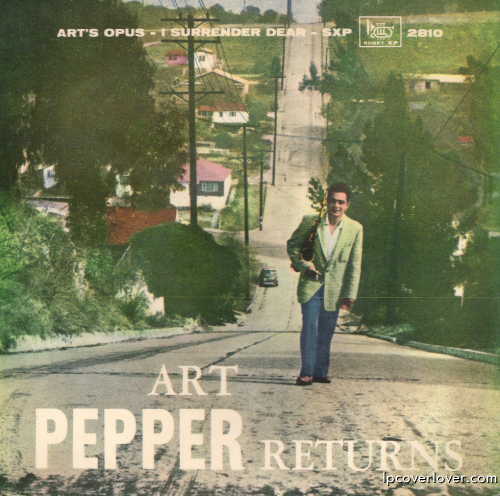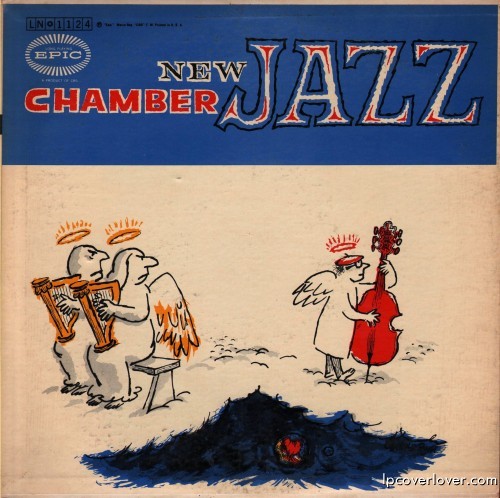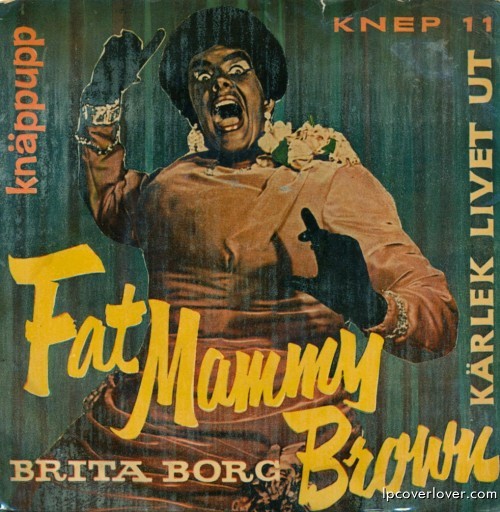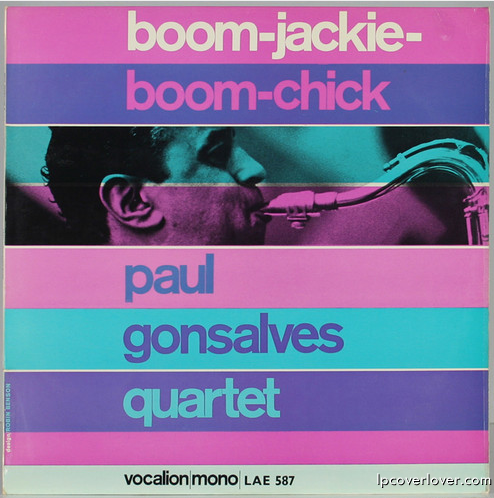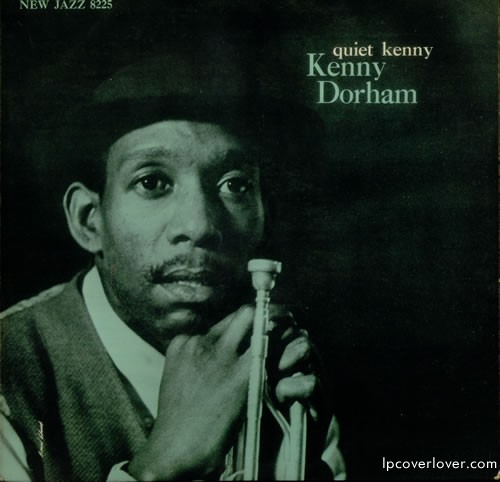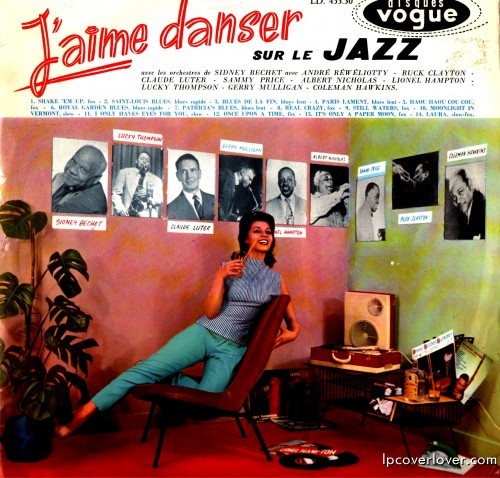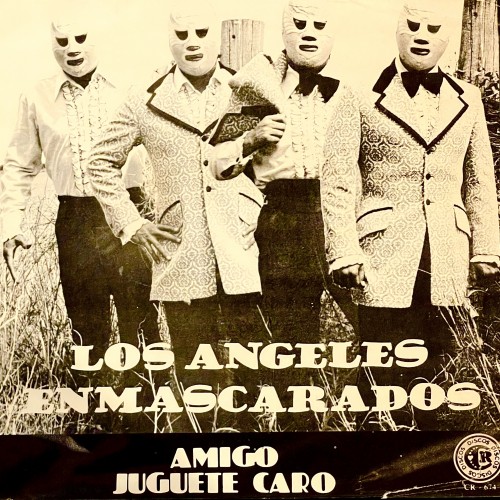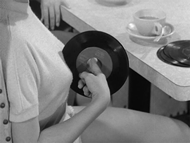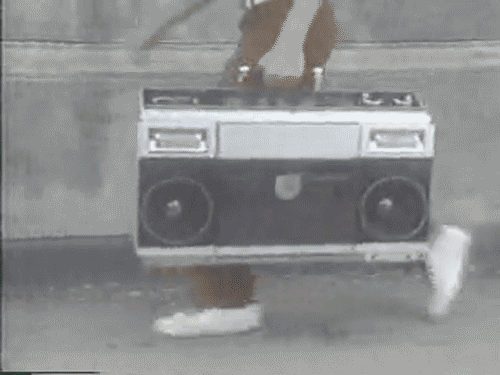Search Results
Your search for jazz cover returned the following results.
Pixie cuts
The Chet Baker Sextet Music Records (Italy) A Pacific Jazz Session from 1954 featuring Chet Baker (trumpet), Bob Brookmeyer (valve trombone), Bud Shank (baritone saxophone), Russ Freeman (piano), Carson Smith (bass), Shelly Manne (drums). Stella by Starlight, I’m Glad There is You, Tommyhawk and Dot’s Groovy. I’m a fan of this EP cover design by Gian G. Greguoli. Nicely captures the reflective, romantic mood of the music.
Keeping Hope alive
The Elmo Hope Trio with Frank Butler and Jimmy Bond on HIFI Records (1960) Here’s Barfly.
Pianist and composer Elmo Hope’s music might best be compared with that of Herbie Nichols. Both men shared some of Bud Powell’s intensity, Thelonious Monk’s inventive whimsy and, at times, hints of young Cecil Taylor’s realistic approach to the impossible. Over the years, both Nichols and Hope have achieved posthumous respect from an international jazz community which is itself marginalized. While Herbie Nichols could be said to have been ignored to death, Elmo Hope’s life and work were grievously complicated and ultimately extinguished (in 1967 at the age of 44) by the same narcotic plague that afflicted so many of his contemporaries.
Born in 1923, St. Elmo Sylvester Hope was the son of West Indian immigrants who settled in New York. He grew up with Bud Powell, studying J.S. Bach and dreaming of new concepts in modern music. Hope’s first recordings were with trumpeter Joe Morris, whose little R&B band boasted such innovative young minds as Johnny Griffin, Percy Heath and Philly Joe Jones. When in 1953 Alfred Lion gave Hope his first opportunity to record as a leader, he chose Heath and Jones to catalyze the eight tracks issued on New Faces, New Sounds.
Even as some of his music rippled with the restless energy of Herbie Nichols, Hope also made a point of composing and performing ritualistic reveries of profound and breathtaking slowness, sometimes drifting into a trance-like space where the listener may follow in order to contemplate the mysteries of life and death, of creativity and collective improvisation. Like Herbie Nichols, Elmo Hope imprinted everything he wrote and played with an indelibly personalized, harmonically advanced language. (AllMusic)
Invitation to the Blues
A early David Stone Martin cover (a 1950 reissue of the 1946 original 78 RPM set on DISC Records from 1946). Norman Granz’ Jazz at the Philharmonic Volume #4 Mercury Records From a 1944 concert featuring Jack McVea, Illinois Jacquet (tenor saxes), J. J. Johnson (trombone), “Shorty” Nadine [Nat King Cole] (piano), Johnny Miller (bass), Les Paul (guitar), Lee Young (drums)
“Blues”, a simply titled three-part jump blues running for over ten minutes, was the highlight of the first “Jazz at the Philharmonic” concert, at Los Angeles’ Philharmonic Auditorium on Sunday afternoon, July 2, 1944, because of Illinois Jacquet’s honking and screaming tenor sax solo on Part 2 and the humorous piano and guitar chase sequence by Nat King Cole (billed “Nadine” Shorty on the record label for obvious contract reasons with Capitol Records) and Les Paul on Part 3. In addition, it has fine solos by R&B tenor saxist Jack McVea nd a young J.J. Johnson on trombone on Part 1, all driven by an irrestible rhythm section, consisting of Johnny Miller, then bassist of the King Cole Trio, and Lee Young, Lester Young’s drumming brother, besides Nat Cole and Les Paul.
“Lester Leaps In”, although not the definitive JATP version of the tune (Lester Young is missing), is played with a similar attitude, showcasing some excellent solos (another tenor sax outburst of Jacquet among them) in front of the driving rhythm for over nine minutes. Via.
Shout Sister Shout!
Brita Borg “Fat Mammy Brown” Knappup Records (Sweden) Right to the LPCL Hall of Frames from LP cover lover Peter in Sweden! “This is how Sweden was in the year of 1957. Britta Borg was a loved jazz singer with a very deep voice. I found this 45rpm in a junkstore and paid 50 cents. I have not seen it before. Have about 3000 Lp´s many bought just for the cover so my collection is quiet mad.”
Check out our Wanted Records list – we never stop searching!
Boom!
Paul Gonzalves Quartet “Boom-Jackie, Boom-Chick” (1964) Vocalion Records (UK) One of the most expensive and toughest albums to track down. This sells for over a grand on ebay if it shows up . Only 500 copies were pressed . The latin-flavored title track is a dedication to Jack Sharpe, one time jazz club owner, taxi driver and legendary London character. Gonsalves was a good mate of Sharpe’s, and Jackie “supervised” the album. Gonsalves died in Sharpe’s flat in 1974. Tremendous work from saxophonist Paul Gonsalves — one of his rare UK sessions from the 60s, all of which show that he had a tremendous sound that went way beyond his more famous work with Duke Ellington! The style here is tight, hip, and very grooving — work by a quartet that features Gonsalves on tenor, plus Pat Smythe on piano, Kenny Napper on bass, and Ronnie Stevenson on drums — all hitting a soulful hardbop style that’s very much like the best Tubby Hayes records from the time! Gonsalves’ tone is incredible — with that raspy, almost flatted mode that he used with Ellington — and it really stretches out here with plenty of room for creativity, in a way that makes us wonder why nobody ever got this one issued over on our side of the Atlantic. – Dusty Groove

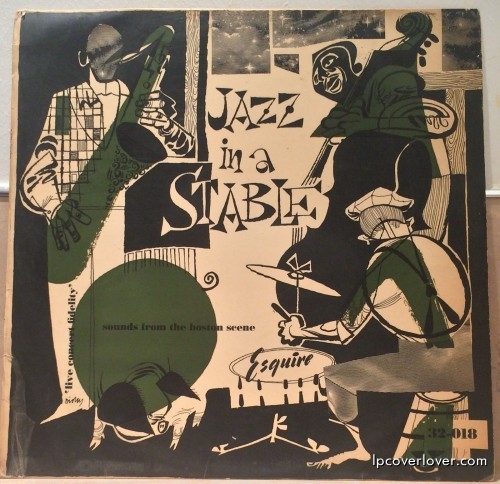

 (41 votes, average: 4.15 out of 5)
(41 votes, average: 4.15 out of 5)